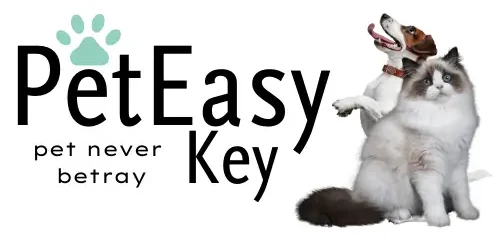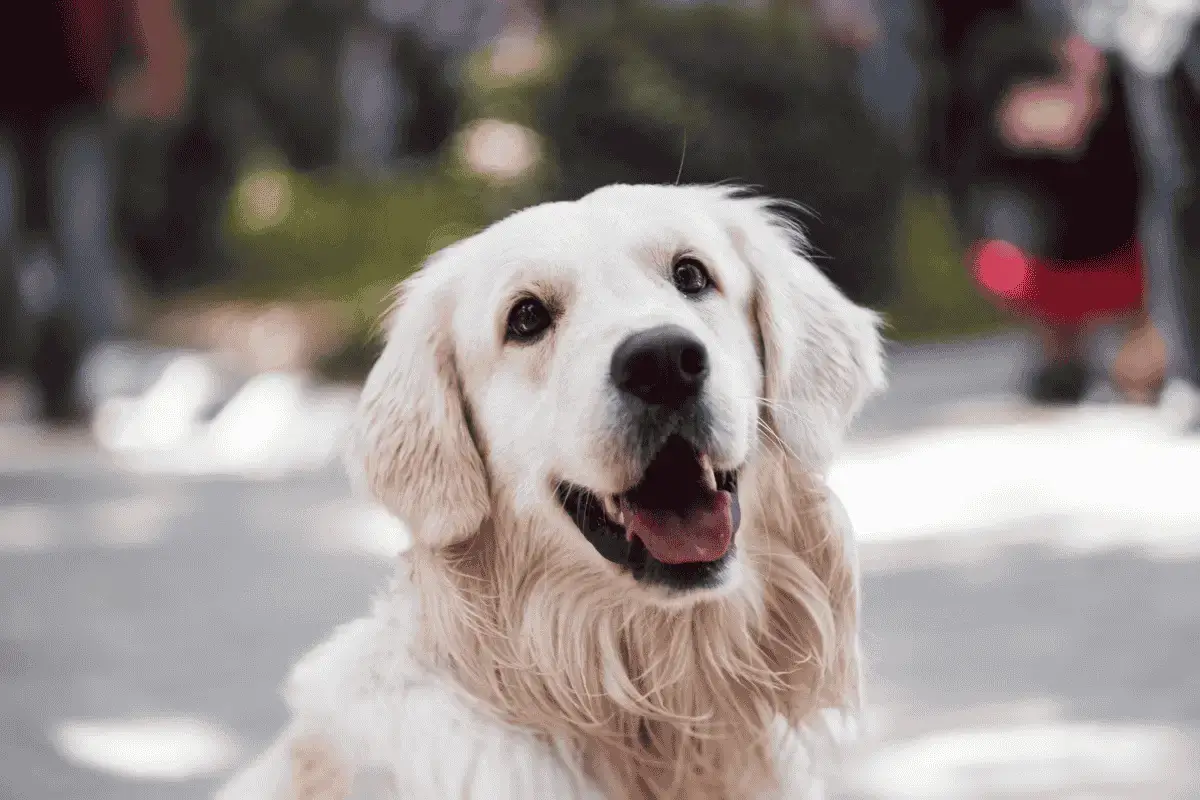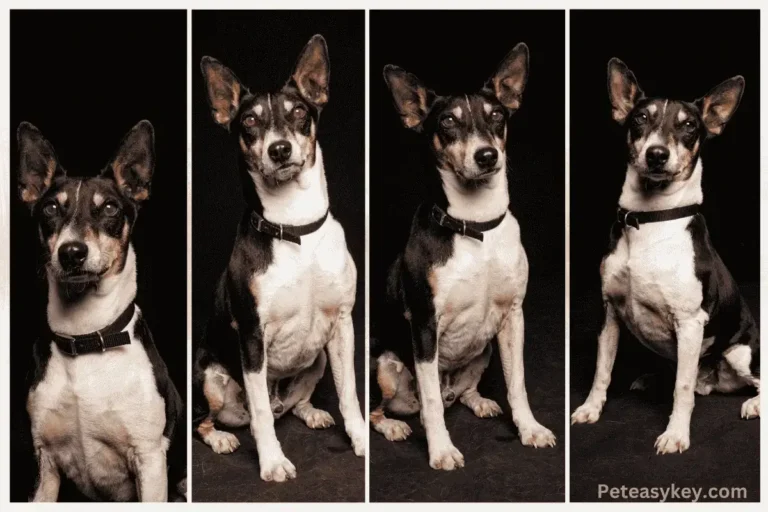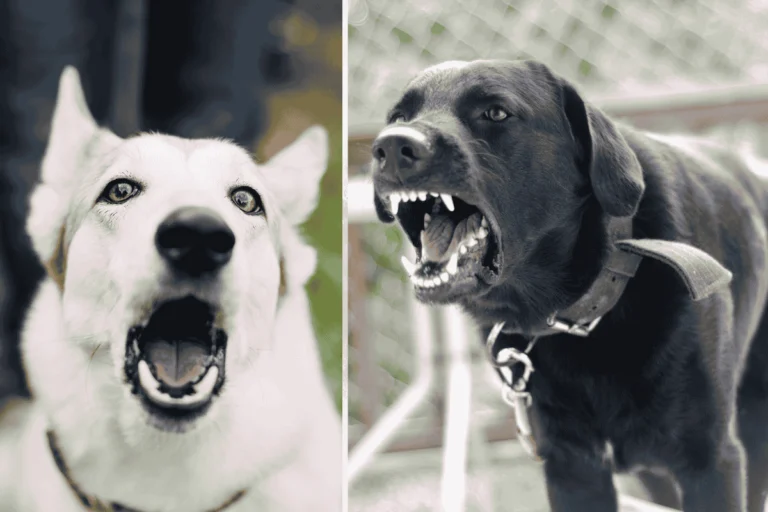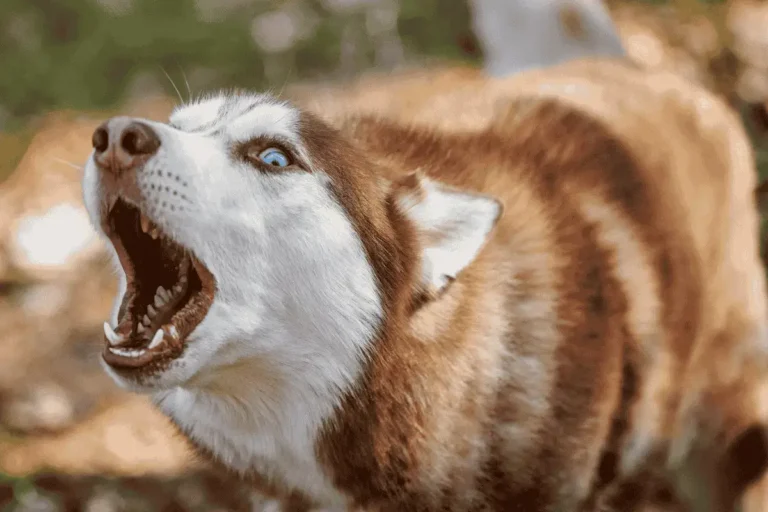Cole Prevost dog: Insights into training and personality.
The Cole Prevost dog incident has shocked many, highlighting the importance of training and personality in dogs. This article goes deep into the case, offering insights that help dog owners connect better with their pets.
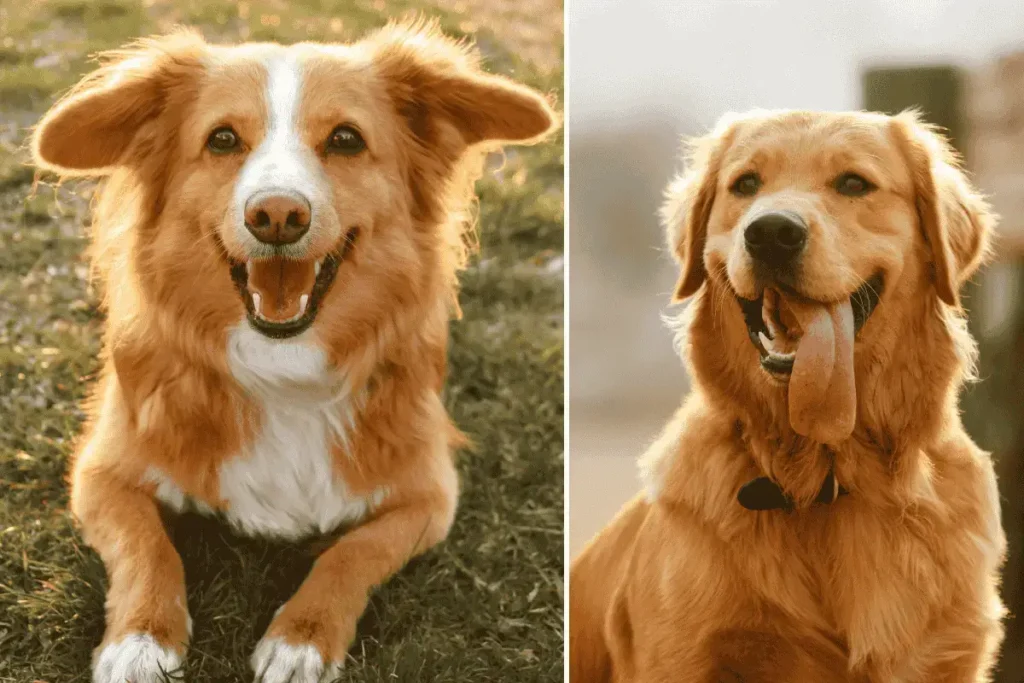
Key Takeaways
- Explore the background and timeline of the Cole Prevost dog incident
- Analyze the behavioral factors that contributed to the incident
- Discover effective training methods for addressing aggressive behavior in dogs
- Understand the legal and social implications of the case
- Learn strategies to prevent similar incidents and enhance canine-human relationships
Understanding the Cole Prevost Dog Incident Background
The Cole Prevost dog incident got a lot of media attention. It caused a significant public reaction and made people look closely at what happened. The event happened in the Manchac area early in 2023. It involved Cole Prevost and his dog, and three 15-year-old boys from Ponchatoula were arrested for alleged animal cruelty.
Initial Reports and Public Response
A disturbing video of the alleged abuse of Cole Prevost’s dog went viral on social media. This caused a lot of public outrage. Over 95,000 people signed a petition to move the dog to a safe place.
The Tangipahoa Sheriff’s Office got calls from all over the country. People left comments on their Facebook page about the incident.
Timeline of Events
- Early 2023: The alleged incident involving Cole Prevost and his dog occurred in the Manchac area.
- Three 15-year-old boys from Ponchatoula were arrested in connection to the animal cruelty incident.
- The petition to remove the dog from Prevost’s home and place it in a safe environment garnered over 95,000 signatures.
Media Coverage Impact
The Cole Prevost dog incident got a lot of attention on social media. TikTok users worldwide shared their thoughts on it. A tweet by @lalaland_420 linked to the Change.org petition and the dog abuse video got over 478,000 views and 1,700 likes in two days.
A TikTok video by @alpharece about doxxing Cole Prevost got over 1 million plays and 136,000 likes in one day. This shows how much people were interested and upset by the incident.
“The widespread online condemnation of the incident indicates a high level of engagement and societal concern within the dog training community.”
Behavioral Analysis of the Incident
The recent incident with Cole Prevost’s dog has caused a lot of concern and anger. By looking into what led to the dog’s aggressive behavior, we can learn a lot. This knowledge can help us deal with similar situations in the future and encourage responsible pet care.
The environment the dog was in was a significant factor. It was kept in a small, boring place, which can make a dog stressed and frustrated. Not enough Socialization and training also played a part, making it hard for the dog to handle new things and people.
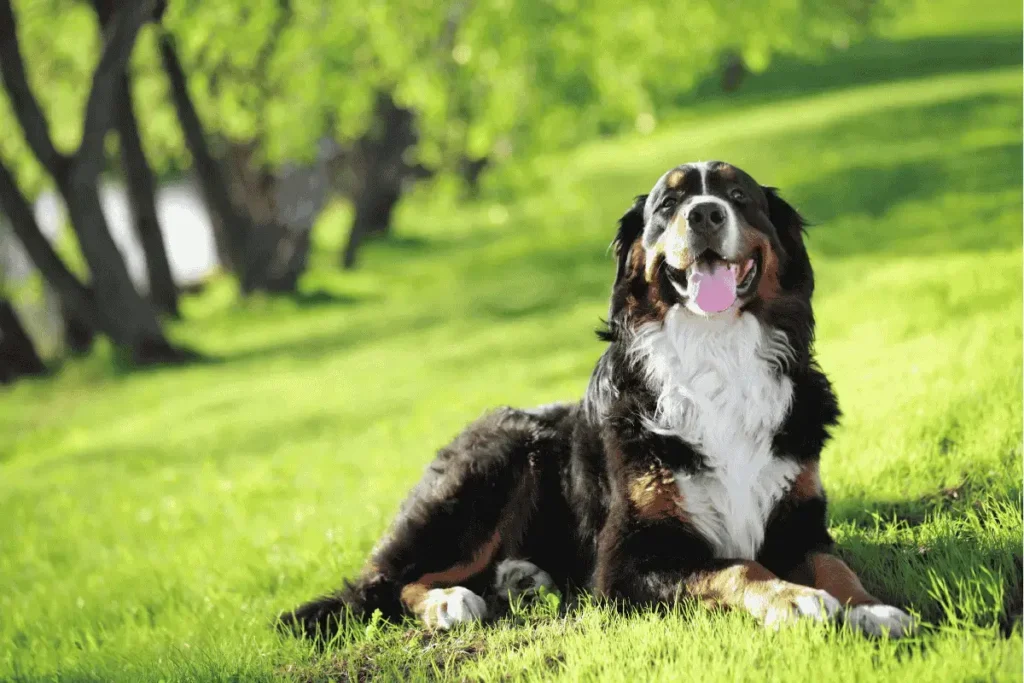
The dog’s past, including any trauma or abuse, is also significant. Experts say it’s vital to know an animal’s history to understand their behavior today. The community’s reaction shows that the dog’s needs weren’t met, and it didn’t get the help and care it needed.
| Factors Influencing Dog Aggression | Impact |
|---|---|
| Environmental Conditions | Increased stress and frustration |
| Inadequate Socialization and Training | Inability to handle novel situations |
| Past Trauma or Abuse | Potential trigger for aggressive behavior |
As the investigation goes on, the canine behavior analysis community needs to come together. We need to understand the complex reasons behind dog aggression. By tackling the root causes and pushing for action, we can prevent more tragedies. This will help create a safer, kinder world for both humans and dogs.
Common Triggers in Dog Aggression Cases
It’s important to know what can make dogs aggressive. This knowledge helps prevent and solve these problems. We’ll look at environmental, psychological, and social factors that can lead to aggression.
Environmental Factors
The place where a dog lives affects its behavior. Too little space, not enough Socialization, and stress can make dogs aggressive. A good home, exercise, and social time can help.
Psychological Triggers
A dog’s mind can also cause aggression. Fear, anxiety, and past traumas can make dogs more aggressive. Positive training and making the dog feel safe can help.
Social Dynamics
How a dog acts with people and other animals matters, too. Fighting over territory, guarding things, and feeling threatened can cause aggression. Teaching dogs to share and setting clear rules helps.
| Environmental Factors | Psychological Triggers | Social Dynamics |
|---|---|---|
| Limited space | Fear and anxiety | Territorial disputes |
| Lack of socialization | Past traumatic experiences | Resource guarding |
| Exposure to stressful situations | Lack of confidence | Perceived threats to the pack |
Knowing these triggers helps make a safe place for dogs. This way, we can prevent and solve aggression problems better.
Professional Training Methods for Aggressive Behavior
Dealing with aggressive dogs requires professional training. These methods tackle the root causes of the behavior. They help change how dogs act and improve their relationship with people.
Desensitization and counter-conditioning is a powerful approach. It slowly introduces the dog to things that make them aggressive. At the same time, it rewards them for calm behavior. This way, the dog learns to see the trigger as something good.
- Find out what makes the dog aggressive.
- Start by exposing them to these triggers in a safe way. Reward them for staying calm.
- Keep increasing how intense or close the trigger is, always keeping it positive.
Management and environmental modification are other important method. It changes the dog’s space and routine to avoid triggers. This makes their environment safer and more predictable.
- Keep the dog away from things that might make them aggressive.
- Make sure they get enough exercise, mental play, and positive interactions.
- Use crates, gates, or safe areas to help them feel secure.
Using these dog training techniques and managing aggressive behavior helps owners and dogs live together better. It makes their relationship safer and more loving.
“Training a dog successfully comes down to being patient, staying consistent, and truly understanding what’s going on in your dog’s mind.”
Cole Prevost Dog: Legal and Social Implications
The Cole Prevost dog case has brought up extensive talks about dog laws and how they affect us. It’s critical to understand this complex issue. This helps us talk about community concerns and possible law changes.
Legal Framework
Legal issues with the Cole Prevost dog case involve many factors. Dog owners are usually blamed for their pets’ actions. If a dog attacks, owners might face jail time, fines, or even losing their pet. The outcome depends on the attack’s severity, the dog’s past, and local pet laws.
Community Response
The Cole Prevost dog case has also caught the community’s attention. People, groups, and officials have shared their thoughts. They talk about the need for stricter pet rules and public safety.
Policy Changes
After the Cole Prevost dog case, there’s a push for new pet laws. Some ideas include mandatory training, breed restrictions, or better animal control. These changes aim to stop future incidents and keep everyone safe.

“The Cole Prevost dog incident has highlighted the need for a more proactive and comprehensive approach to addressing dog-related issues in our community. We must work together to find the right balance between protecting public safety and ensuring responsible pet ownership.”
Prevention Strategies for Dog Owners
As a responsible dog owner, it’s important to prevent dog attacks. Taking a few thoughtful steps ahead of time can help reduce the chances of any aggressive behavior.This makes the environment safer for your pet and the community.
Proper Socialization
Socializing your dog from a young age is critical. Introduce them to various people, animals, and places in a positive way. This helps them develop good social skills and confidence.
Proper Socialization can reduce fear-based aggression. It teaches your dog to stay calm in different situations.
Consistent Training
Consistent training is crucial. Reward your dog with treats or praise to encourage them to follow commands and learn good behavior. Work with a professional trainer to teach “sit,” “stay,” and “come.”
This ensures your dog listens to you, even in stressful situations.
Responsible Pet Ownership
Being a responsible pet owner means caring for your dog. Make sure they are exercised and mentally stimulated. Neglect can lead to behavioral issues and aggressive incidents.
Engage your dog in activities that meet their needs. This keeps them happy and healthy.
Secure Confinement
When your dog is alone, could you keep them in a secure area? This could be a fenced yard or indoor space. It prevents them from wandering off and getting into trouble.
Regular leash training helps you control your dog in public. This keeps them safe and prevents aggressive behavior.
| Prevention Strategy | Description |
|---|---|
| Proper Socialization | Expose your dog to various people, animals, and environments in a controlled and positive manner to help them develop appropriate social skills and confidence. |
| Consistent Training | Work with a qualified professional trainer to teach your dog obedience commands and use positive reinforcement techniques. |
| Responsible Pet Ownership | Ensure your dog is well-cared for, exercised, and provided with mental stimulation to prevent behavioral issues. |
| Secure Confinement | When unsupervised, keep your dog securely confined in a fenced yard or indoor area, and use regular leash training in public spaces. |
By using these strategies, you can protect your dog and promote responsible pet ownership. This benefits your community as well.
Understanding Canine Body Language
Learning to read a dog’s body language is key for any dog owner or lover. By noticing the small signs your dog gives, you can understand their feelings better. This helps prevent fights and strengthens your bond. We’ll look at the warning signs, stress signals, and calming signs dogs use to talk to us.
Warning Signs
Dogs show warning signs when they feel scared or uneasy. Look for a stiff body, raised hackles, direct stares, and a wrinkled nose. Knowing these signs helps you step in early and avoid fights.
Stress Indicators
Dogs also show stress through body language. Yawning, lip-licking, and heavy panting are signs of anxiety. Spotting these signs helps you find what’s stressing them and calm them down.
Calming Signals
But dogs also have calming signals to ease tense moments. Look for avoiding eye contact, turning their head, or a relaxed body. By responding to these signals, you can help your dog relax and avoid fights.
Understanding dog body language and canine communication makes you a better friend to your dog. This knowledge improves your time together and keeps you both safe and happy.
| Warning Signs | Stress Indicators | Calming Signals |
|---|---|---|
| – Stiff body posture – Raised hackles – Direct eye contact – Wrinkled nose | – Yawning – Lip-licking – Excessive panting | – Averting gaze – Turning head – Relaxed body posture |
Role of Early Socialization
The way a dog behaves and acts is shaped by their early experiences. This is especially true between 3 to 12 weeks old. Proper puppy socialization during this time is critical for a dog to grow up well-adjusted, confident, and friendly.
Introducing puppies to different people, animals, and places is crucial. It helps them learn to interact with the world healthily. This early dog behavior development is the base for their future behavior and how they handle new things.
- Socialization should involve positive, controlled interactions to help puppies learn appropriate responses.
- Lack of Socialization or exposure to adverse experiences can lead to fear, anxiety, and potentially aggressive behaviors in adulthood.
- Ongoing Socialization throughout a dog’s life is also essential to maintain their adaptability and confidence.
Responsible dog owners and trainers know how crucial early Socialization is. It helps prevent behavior problems and supports healthy dog behavior development. By putting in the time and effort, they help their dogs become well-adjusted, friendly, and confident family and community members.
| Benefit of Early Socialization | Impact on Dog Behavior |
|---|---|
| Exposure to positive experiences | Builds confidence and adaptability |
| Learning appropriate responses | Reduces fear, anxiety, and aggression |
| Ongoing socialization throughout life | Maintains well-adjusted, friendly temperament |
Impact on Dog Training Community
The Cole Prevost dog incident has shaken the dog training industry. It has made everyone question training methods. Now, there’s a big push for professional standards in the field.
Training Method Reviews
People are looking closely at different training techniques. This includes methods that deal with aggression and changing behavior. Dog trainers and experts are checking if these methods are safe and work well.
They want to make sure training is suitable for dogs and their owners. They’re focusing on positive methods and being kind to animals.
Professional Guidelines Updates
- Industry groups are updating their professional standards because of the Cole Prevost case.
- They’re making new rules to improve training, better talk with clients, and hold trainers accountable.
- The goal is to help people make better choices, be open, and support responsible dog care and training.
| Training Method | Effectiveness | Safety Concerns | Professional Guidelines |
|---|---|---|---|
| Positive Reinforcement | High | Low | Recommended |
| Aversive Techniques | Varying | High | Under Review |
| Balanced Training | Moderate | Moderate | Requires Further Evaluation |
The dog training industry is reviewing methods and updating rules. This is to make training safer, more effective, and responsible. It will help dogs and their owners a lot.
Safety Measures for Dog Handling
As dog owners and community members, safety is vital when dealing with dogs. Knowing how to handle dogs correctly can prevent bites and keep everyone safe. By recognizing stress signs and using bite prevention, we can make a safer place for all.
Respecting a dog’s space and body language is crucial. Watch for signs of stress like a tense body, direct eye contact, or a stiff tail. Don’t approach the dog if it seems uncomfortable. Let the dog come to you and reward calm behavior with praise and treats.
Teaching kids how to safely interact with dogs is also important. Tell them not to disturb a dog while it’s eating, sleeping, or with its puppies. Make sure they keep their faces and hands away from the dog’s mouth. Always watch over their interactions to keep everyone safe.y from the dog’s mouth. Always watch over their interactions to keep everyone safe.
FAQ
What insights does the article provide into Cole Prevost’s dog and its training?
The article dives deep into the Cole Prevost dog incident. It focuses on training methods and the dog’s personality. It aims to strengthen the bond between dogs and their owners with expert advice.
What was the initial public response to the Cole Prevost dog incident?
The article looks at the first reports and public reactions to the Cole Prevost dog incident. It also talks about how media coverage affected public views and discussions on dog behavior and training.
How does the article analyze the behavioral factors that contributed to the Cole Prevost dog incident?
The article gives a detailed look at the Cole Prevost dog incident. It examines what might have led to the dog’s behavior, including its environment, past experiences, and training gaps.
What common triggers in dog aggression cases are discussed in the article?
The article explores common triggers for dog aggression. It looks at environmental factors, psychological triggers, and social dynamics. It offers insights on how to recognize and address these triggers to prevent aggression.
What professional training methods are outlined for addressing aggressive behavior in dogs?
This section talks about professional training methods for aggressive dogs. It covers various approaches by expert trainers to change destructive behaviors and improve interactions between dogs and humans.
What are the legal and social implications of the Cole Prevost dog incident?
The article examines the legal and social impacts of the Cole Prevost dog incident. It discusses the legal framework for dog attacks, community responses, and possible policy changes due to the incident.
What prevention strategies are recommended for dog owners to minimize the risk of aggressive incidents?
This section offers practical prevention strategies for dog owners. It covers topics like proper Socialization, consistent training, and responsible pet ownership.
How can understanding canine body language help prevent aggressive incidents?
Understanding canine body language is crucial in preventing aggression. This section explains warning signs, stress indicators, and calming signals dogs show. It helps owners and the public understand and respond to dog behavior.
What is the importance of early Socialization in shaping a dog’s behavior and personality?
Early Socialization is crucial for a dog’s behavior and personality. This section highlights how early Socialization can prevent aggression and help dogs become well-adjusted adults.
How has the Cole Prevost dog incident impacted the dog training community?
The Cole Prevost dog incident has significantly affected the dog training community. This section looks at how the incident has led to a review of training methods and updates to professional guidelines.
What essential safety measures are recommended for handling dogs in potentially stressful situations?
This final section offers essential safety measures for handling dogs in stressful situations. It provides practical advice on preventing bites and safe interaction practices for dog owners and the public.
